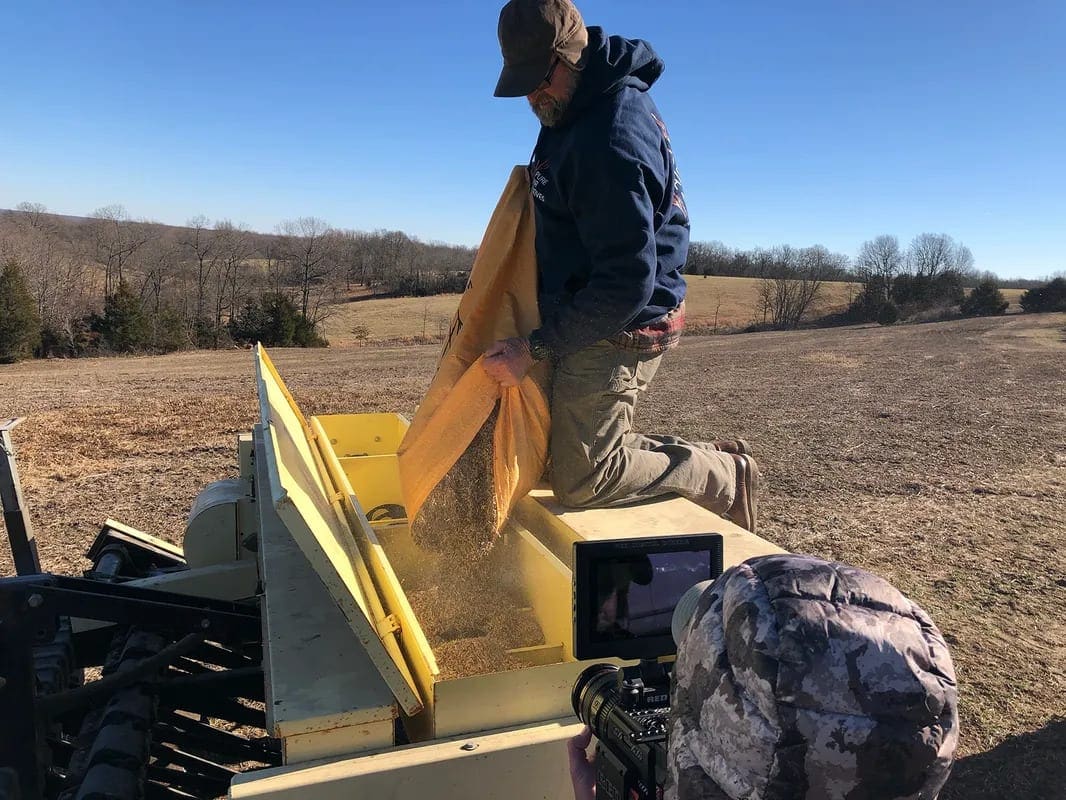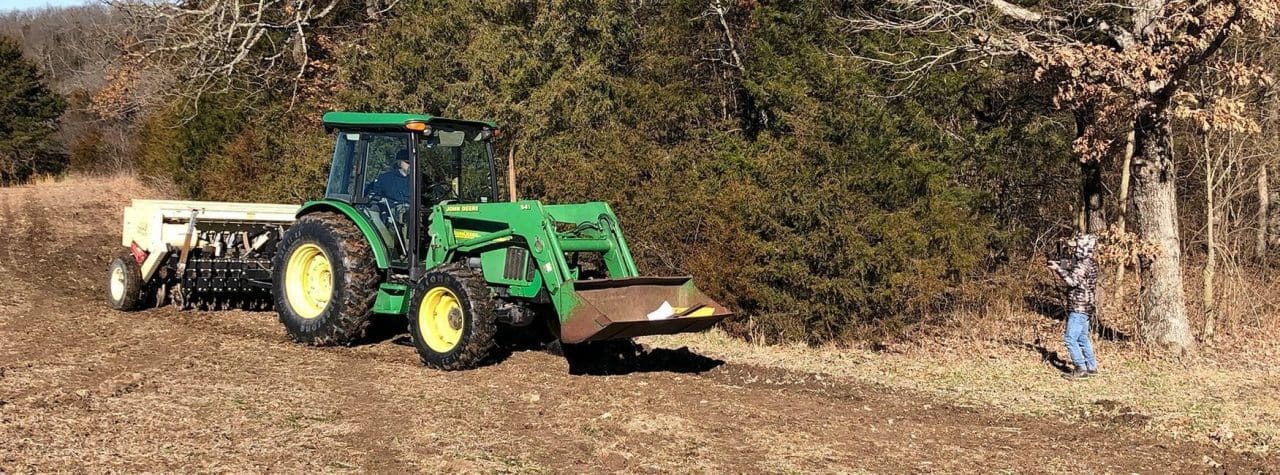Pure Air Natives
Native Grass and Wildflower Seeds
#PlantYourLegacy
Drill Calibration Instructions
5-Gallon Bucket Calibration Method
We’ve developed a method of calibrating a drill for the proper seeding rate for a successful prairie planting. Regardless of your seed blend, our calibration decals go on the inside and outside of a standard 5-gallon bucket. These decals include instructions and an example of how to calibrate the drill to help ensure you do not use too much or too little seed during planting. Save yourself the time, hassle, and money by planting at the correct rate!
If you have a set of our calibration decals, you’re already cooler than your neighbors! If you need more detailed instructions, they’re listed below.


Learn How
Proper seeding rates are planted in ‘pounds per acre.’ Because of this, proper drill calibration requires a scale to determine how many pounds you’re planting per acre. Additionally, seed sizes can change annually depending on different weather events during the growing season and will cause the seeding rate to fluctuate and therefore require a new calibration for each seed/mix put through the drill.
Pure Air Natives seed tags conveniently display your seed mix’s volume converted from ‘pounds per acre‘ to ‘pounds to gallons‘, allowing for calibration anywhere using just a 5-gallon buck, no scale required.
- Step 1: Know/measure the operating width of your drill. This measurement will not be the overall width of the drill but the distance between the tires for most no-till drills. EXAMPLE: 9 feet
- Step 2: Know/measure the distance your drill travels with 1 full rotation of the ground drive wheel. This measurement would be the outside circumference of the ground drive wheel (circumference=π*diameter). EXAMPLE: 7.5 feet
- Step 3: Multiply ‘step 1’ and ‘step 2’ to determine the area that the drill plants per 1 rotation of the ground drive wheel. EXAMPLE: 9 x 7.5 = 67.5 sq. ft. of area planted with 1 rotation ground drive wheel.
- Step 4: Divide 4,356 by the number from ‘step 3’ to determine how many times the drive wheel needs to rotate to plant 1/10th of an acre. EXAMPLE: 4,356 / 67.5 = 65.5 revolutions to equal 1/10th of an acre. PRO TIP: Determining calibration rates for 1/100th of an acre will make calibration faster. Replace 4,356 with 435.6 and repeat ‘step 4’.
- Step 5: Once you know the answers to the above steps, you can begin to ‘calibrate’ the drill. Close off the seed gates or seed tube openings prior to going any further. Forgetting to do this could result in spilling seed onto the ground and losing some of the seed mix. Place a container under at least 3 of the seed tubes to collect seed. If you do not have multiple containers, you can do 1 seed tube at a time; however, it takes a little longer as you have to repeat this step multiple times. Now, open the seed gates or seed tube openings for each seed tube you’ll be collecting from.
- Step 6: Rotate the ground drive wheel the necessary revolutions to achieve 1/10th of an acre (or 1/100th of an acre if you’re using that formula). EXAMPLE: Rotate ground drive wheel 65.5 times to collect 1/10th acre of seed from seed tubes.
- Step 7: Pour the collected seed into the 5-gallon calibration bucket and measure how many gallons of seed you have. Note, this number will likely not be a gallon of seed. Divide the number by how many seed tubes you collected from, to get an average seeding rate per seed tube.
- Step 8: Multiply the average seed rate per tube by the total amount of seed tubes your drill has. EXAMPLE: 0.12 gallons of seed per seed tube (average) x 11 seed tubes = 1.32 gallons per 1/10th acre.
- Step 9: Multiply this number by ’10’ to achieve how many gallons necessary to plant 1 acre of seed. EXAMPLE: 1.32 x 10 = 13.20 gallons of seed per 1 full acre.
NOTE: This same method can be useful when broadcast-planting as well with some slight changes to the steps.

